ARPA-E announces $98M in funding for 40 OPEN projects; two opposed-piston engines projects receive $10M total
Green Car Congress
NOVEMBER 16, 2018
OPEN solicitations are an open call to scientists and engineers for transformational technologies across the entire scope of ARPA-E’s energy mission. Pinnacle Engines will electrify its four-stroke, spark-ignited, opposed-piston engine to improve fuel efficiency and reduce its cost.






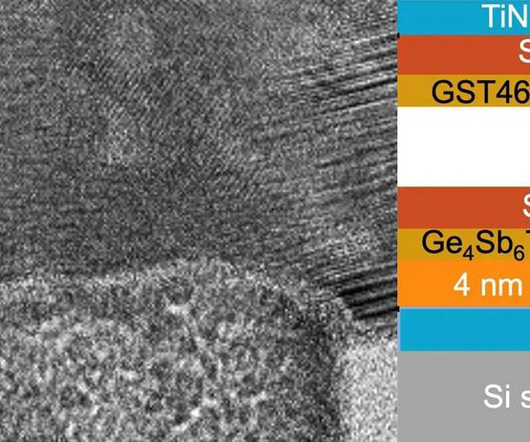
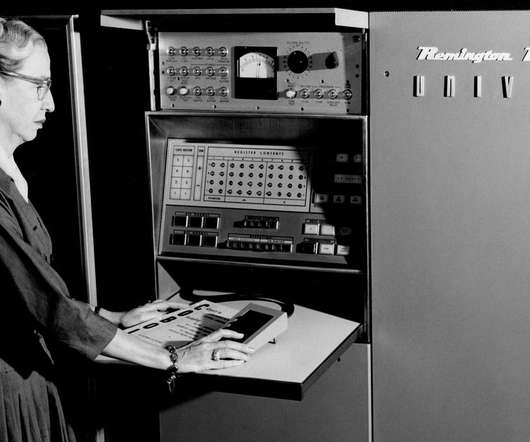






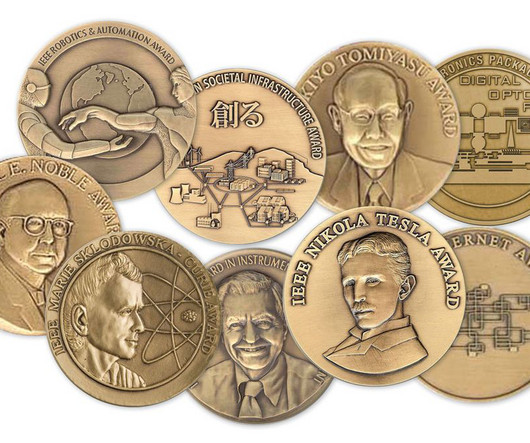
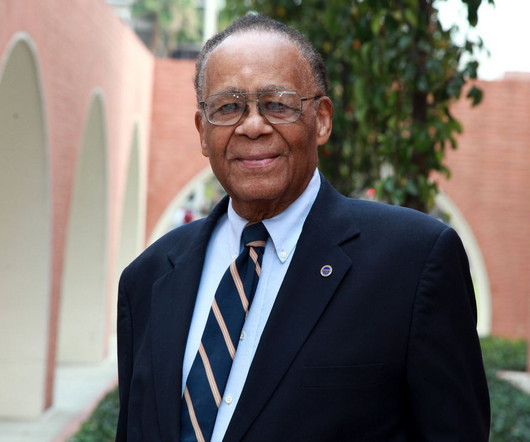
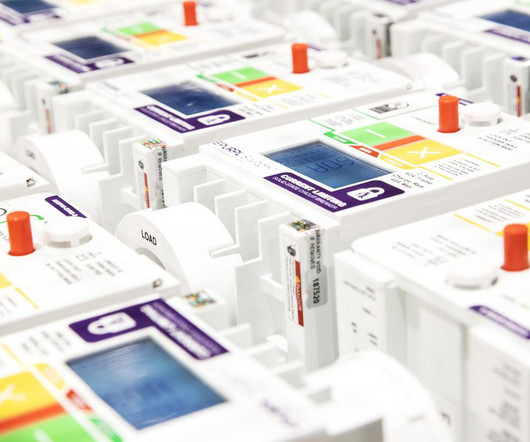








Let's personalize your content